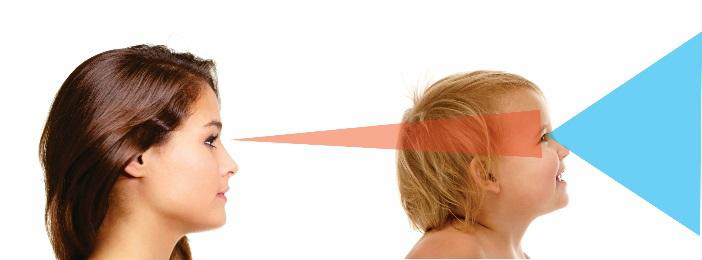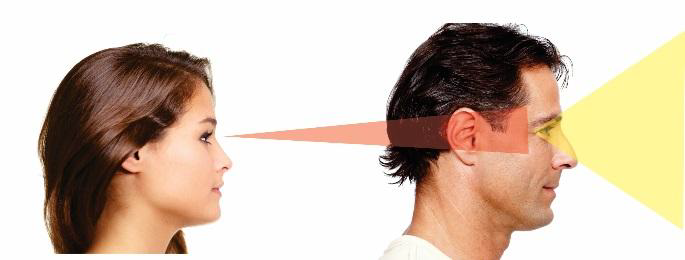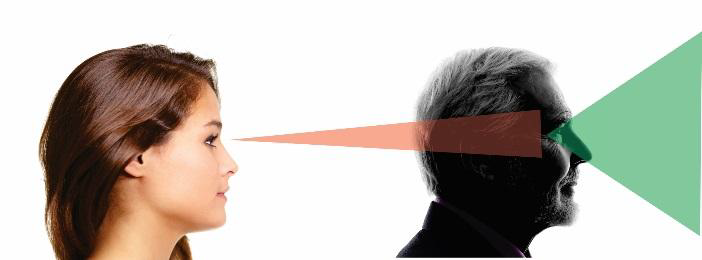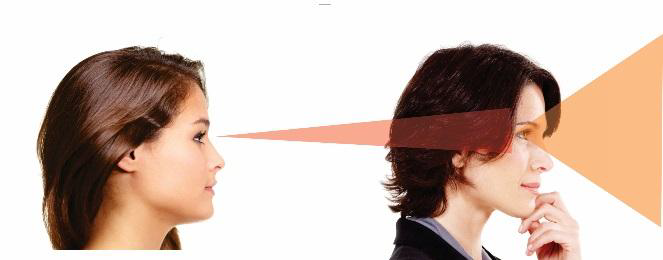Nominated Supervisor
Nominated Supervisor
MONDAY TO FRIDAY
11 to 15 Feb 2019
Exceeding theme 1 Embedding practice

You must read the Educator pages.
Critical reflection on children’s learning and development, both as individuals and in groups, drives program planning and implementation.
Viewpoints and questions to guide critical reflection
Nothing in law or regulations says we need to write critical reflections down, but you must do them. The most important part of a critical reflection is showing your assessor examples of what’s changed because of your critical reflection. In the picture below, the educator is trying to see the world through the child’s eyes. This is critical reflection because you are asking, what are my understandings of each child?

What do you see if you look from a child’s perspective (critical reflection)?
Example: Chloe comes five days a week. I wonder what she thinks and feels. How would I like it if I came here and was told what to do every day? How would I feel? Maybe she feels trapped, controlled and frustrated, and can’t do what she needs or wants to do. I wonder what it would be like to be in the same room and playground every day?
Have a discussion with your team and identify what you have seen through a child’s perspective and how you have changed a practice because of it. You will have to guess a little because we never truly know what they are seeing, but starting these discussions with your team becomes a wonderful way to inform and improve practice.
What have you changed because of this different viewpoint and critical reflection?
Example: Every morning we are going to get Chloe to tell us what she wants to do today along with identifying with her when she needs to escape from the other children and the room. We could get her to help Jen in the office. We could go on daily excursions to get her out of the room i.e. get the groceries, run to the corner as an exercise program or help in the other
rooms with the younger children.
In the picture below, the educator is trying to see the world through the parent’s eyes. This is critical reflection because you are asking, how could other knowledge (parents’ view) allow me to better understand the child?

What do you see if you look from a parent’s perspective (critical reflection)?
Example: Parents don’t read the curriculum. I wonder why? Imagine if I’m in a rush and I see all this type and I read it and see a description that tells me nothing other than the same type of stuff we do at home. Why am I paying all this money for child care? They just let the children do stuff and write about it. Where is the teaching in that?
What have you changed because of this different viewpoint and critical reflection?
Example: We have changed the curriculum to be shorter and more precise telling the parents what we have done as educators to promote the learning outcomes as well as describing what the children are doing by using words from the EYLF. We have started closed room groups on Facebook that the parents are positively commenting on.
In the picture below, the educator is trying to see the world through a theorist such as Piaget, Vygotsky, Bruner, Deleuze etc. This is a critical reflection because you are asking, what theories, philosophies and understandings shape and assist my work. What is not helped by their theories?

What do you see if you look from theorist’s perspective (critical reflection)?
John Bowlby’s attachment theory is a real interest to me because he says children securely attached are outgoing and go through life with confidence and enthusiasm. Children insecurely attached are timid and dislike new situations. They display behaviours of “neediness” and
“excessive clinginess” and require more emotional support from educators. Others will not join groups and distance themselves from other groups of children. They are not confident and don’t like receiving the positive
feedback they need and crave. They won’t reach out to others.
What have you changed because of this different viewpoint and critical reflection?
Reflecting on Bowlby I’ve paused and asked myself “What are you (the child) trying to tell me when you do this and what do you need from me?” rather than “How am I going to make you stop?” I’ve need to say to myself ‘When children behave in certain ways they are not being purposely difficult or disruptive. They are trying to express their needs in the best way they know’. Children may, for example, be telling us they don’t know how to join in group play, that they’re fearful of a new situation, or simply that they’re hungry. I’ve now slowed down and become more sensitive to children’ behaviours, understanding they may not feel secure which in turn has seen me use a secure attachment process when dealing with them.
In the next picture, the Nominated Supervisor is trying to see the world through the educator’s eyes. This is critical reflection because you are asking, how could other knowledge allow me to better manage the centre?

What do you see if you look from an educator’s perspective (critical reflection)
Example: How do the educator’s see me? Usually in a stressed-out state when I’m running around like a lunatic trying to ensure the centre is meeting ratios when three staff members have called in sick. When thinking about the interactions I have with the educators I feel that it’s always in disaster mode, I wonder if they know what is happening behind the scenes? I wonder if I’m giving them the space for me see them as more than educators?
What have you changed because of this different view point and critical reflection?
Example: The EYLF says relationships are important to build with children, but sometimes I forget to build relationships with staff. Each day, I’m going to make a daily time and space to have a coffee with a staff member. We will not talk work. I’ll build a relationship in the hope we can see each other from a different perspective.
Using video to critically reflect
Using video to promote early childhood teachers’ thinking and reflection. Written by Sue Cherrington*, Judith Loveridge, Research conducted by Victoria University of Wellington, Donald Street, Karori, Wellington, New Zealand Published in Teaching and Teacher Education 2014.
Reflection is not always productive. It’s unproductive for example, if it lacks focus, relies on judgemental statements (“I like…”) or does not include analysis or evaluation. Reflection works well when it includes questioning, assumptions, being open to different perspectives, analysis, integrates knowledge and can see and analyse the connections in a classroom.
Reflection is part of many business practices, but in ECEC it’s particularly difficult because educators usually work as part of a team, and within that team there’s a mix of staff e.g. degree qualified, cert II and diploma, or possibly unqualified. On top of that educators are expected to work closely with families and communities and the workplace and daily programs must be flexible.
Unfortunately, many ECEC professionals find it difficult to implement reflective practice. This means they have limited opportunities to improve teaching by reflecting on their practices. Another perhaps more surprising outcome is that educators often undervalue their contribution to children’s learning.
Using video recordings to support reflection offers many advantages. Several studies have shown that using video allows teachers to slow down the pace of learning, helping teachers to ‘learn to notice’ interactions and events and to see things you don’t normally see. It also often shows that a teacher’s memory of what happened is not accurate.
This article discusses three themes which emerged from a case study about reflection using video recordings.
Firstly, watching the recorded video allows team members to view each others’ practices and discuss practices relevant to the situation. You might think this happens all the time because team members work beside or with each other, but in busy centres educators are usually focusing on the children and their responsibilities.
e.g. “Was he trying to take you away? Or was he trying to make the play go longer?”
“I must admit, it is a very good professional development, isn’t it? To, to watch and see how we teach or even body language and stuff…”
Secondly, educators gained new insights about individual children and their own practices after watching the videos.
eg “We need to look more at where is somebody and who’s around me and what I take is well, us three are here but actually most of the children are out there with Jadye.”
”I think this has highlighted to me about the children that..the things that you miss when you’re busy… “and the capability that they actually have.”
Thirdly, educators discussed more general principles of practice. For example, one educator expressed her concern about the increased pressure to document children’s learning, and how this was starting to affect how she interacted with children. The discussion then focused on the tension teachers felt in trying to interpret what was significant learning for children. Educators had recently given children who were going to school a digital camera, and what children photographed had often been completely unexpected. As a result, these teachers were wondering whether they really knew what children wanted to document, and about the potential mismatch between their ideas of children’s learning and what children really thought themselves.
While there are huge benefits from reflecting as a team on video recordings, there may also be some challenges. There needs to be a culture of mutual respect and trust before educators feel able to critique the practices of team members. If this is not present then individuals are likely to feel vulnerable and powerless. It’s important to provide clear guidance on the use of video recordings in reflective practice.
You must be logged in to view this content.[/content_restrict]

